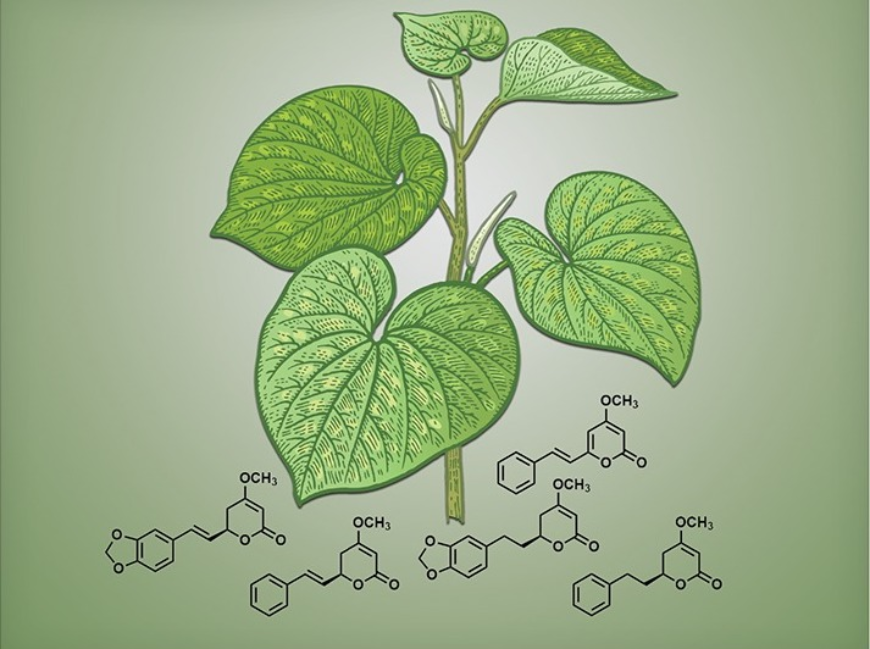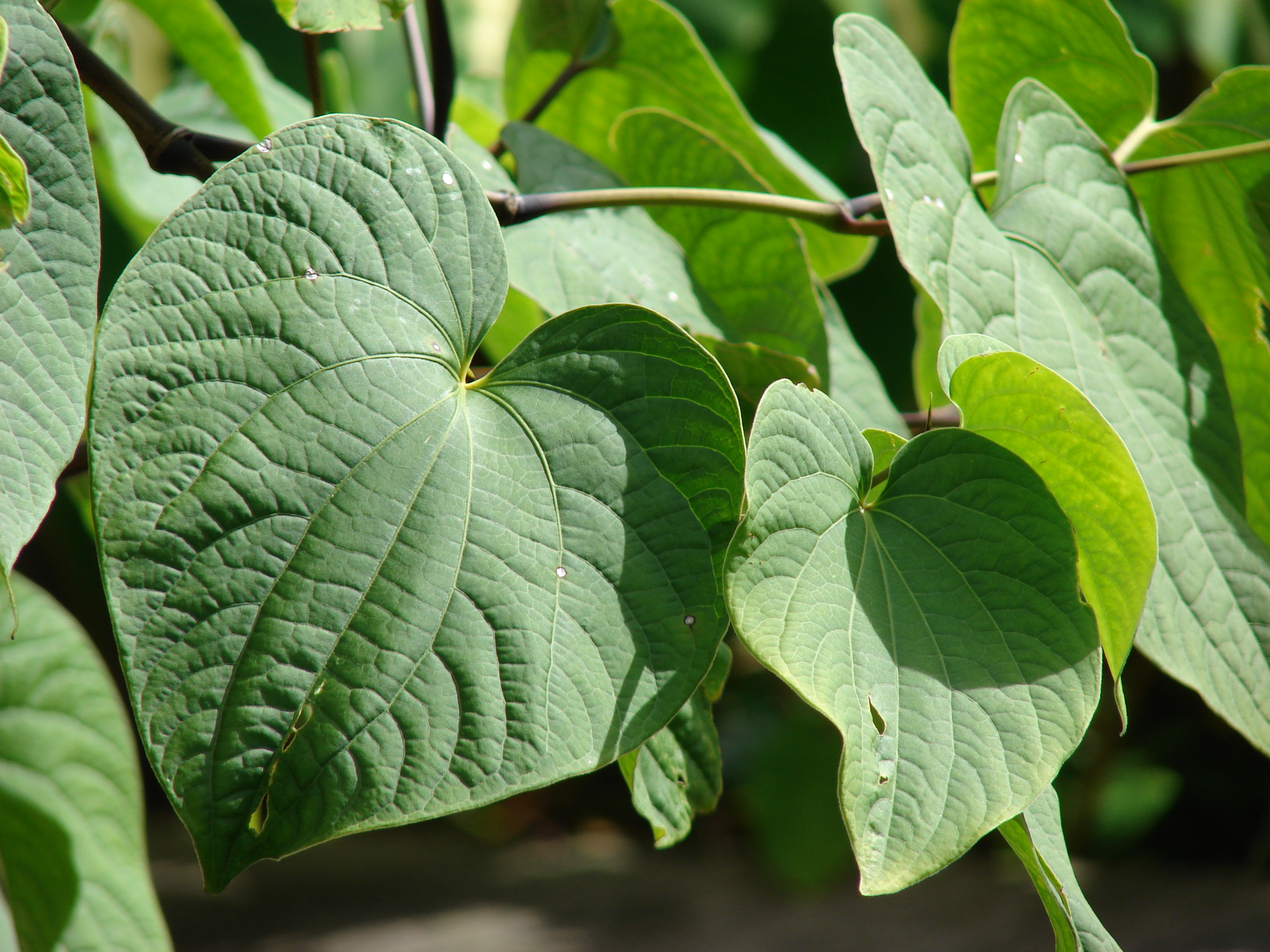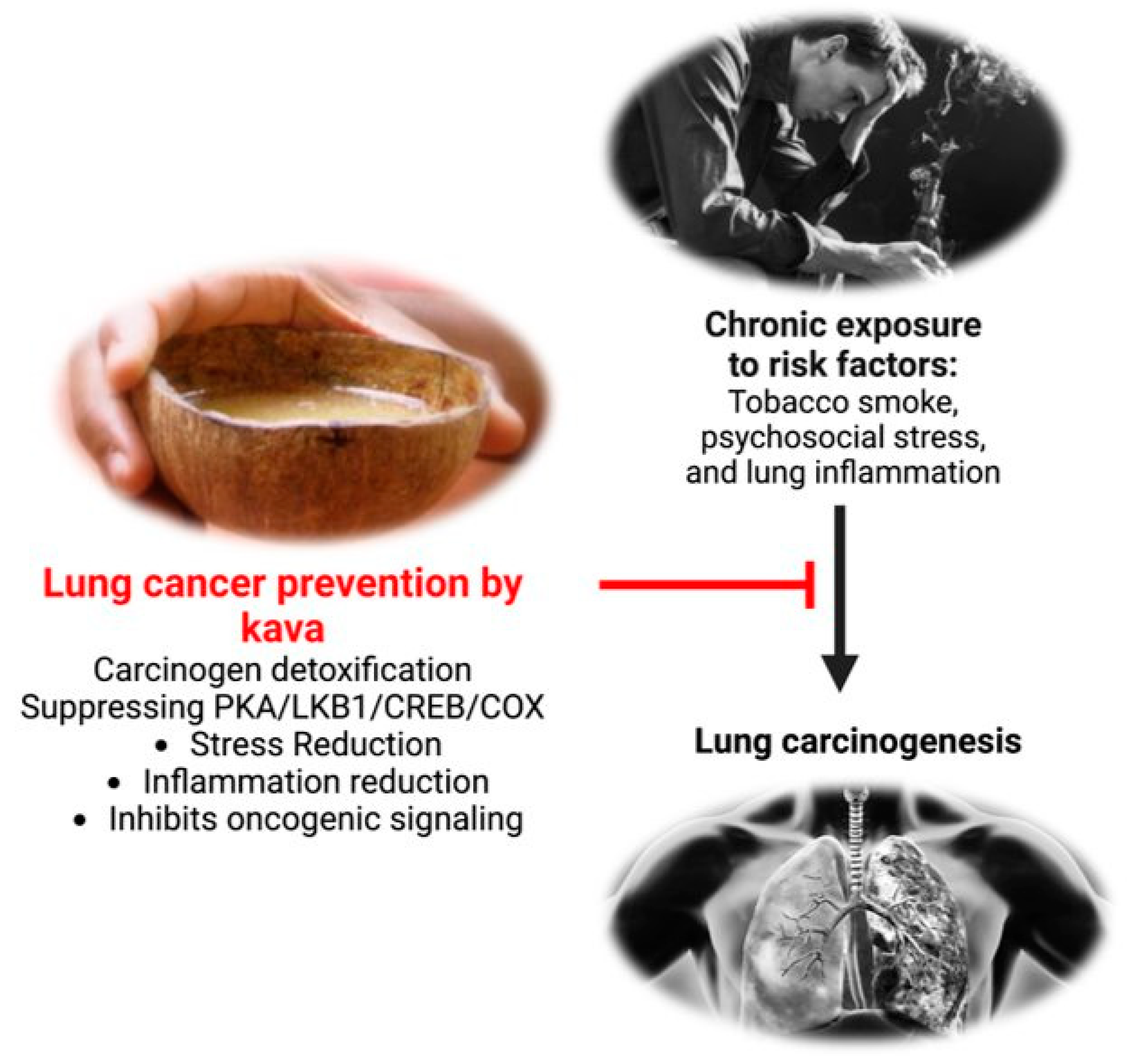Kava In Lung Cancer Prevention - Challenges And Oppurtunities
Explore the potential of Kava in lung cancer prevention, addressing opportunities, challenges, and cultural considerations for holistic insights.
Author:Karan EmeryReviewer:Daniel JamesJan 25, 202418.6K Shares643.4K Views

Kava, a traditional beverage made from the roots of the Piper methysticum plant, has gained attention for its potential role in lung cancer prevention. This comprehensive exploration delves into the opportunities and challenges of Kava in lung cancer prevention, addressing its historical significance, potential benefits, and the scientific scrutiny surrounding its use in preventing lung cancer.
Lung cancer kills more people than any other type of cancer because it is so common, it takes so long to diagnose, and treatments don't work very well. So, preventing lung cancer is very important for better treatment.
Tobacco control and quitting smoking are good ways to avoid getting lung cancer, but the number of current and former smokers in the US and around the world is not likely to drop greatly any time soon.
Chemoprevention and interception are needed to help people with a high risk of getting lung cancer lower their chance or delay the development of lung cancer. This article will look at the epidemiological data, pre-clinical animal data, and limited clinical data about Kava in lung cancer prevention that support the idea that kava might lower the chance of lung cancer in humans through its many different drug-like effects.
Historical Significance Of Kava
Kava, deeply rooted in Pacific Island cultures, has been consumed ceremonially for centuries. Its cultural significance, associated rituals, and historical use set the stage for investigating its potential in modern healthcare.
Kava, a traditional beverage derived from the root of Piper methysticum, has deep roots in the South Pacific islands. It has been consumed for centuries, initially as a religious and celebratory drink and later for its relaxation-inducing properties. The primary active components responsible for these effects are the kavalactones, with kavain, dihydrokavain, methysticin, dihydromethysticin, yangonin, and desmethoxyyangonin being the major players.
Kava has evolved beyond a traditional drink, now available in capsules or tinctures as dietary supplements. The diversity in format, kavalactone abundance, and additional ingredients like flavokavains A and B make standardization essential. This becomes particularly important for potential chronic use, such as in lung cancer prevention.
Chemical Composition And Potential Anti-Cancer Properties
Kava's complex chemical composition, including kavalactones, chalcones, and flavokavains, presents an intriguing avenue for research. Preliminary studies suggest potential anti-cancer properties, specifically in inhibiting the growth of lung cancer cells.
Despite structural similarities, each kavalactone exhibits distinct pharmacokinetic and pharmacodynamic properties. This suggests that these compounds may complement each other, contributing to the holistic benefits of kava.
In addition to kavalactones, flavokavains A, B, and C have been identified, though they are not directly linked to kava's relaxing properties. Understanding the targets of kavalactones, such as voltage-gated ion channels and receptors, is crucial for comprehending their effects.
Kava may lower the chance of lung cancer in several ways, including by lowering tobacco use and dependence, improving the removal of tobacco carcinogens from the body, lowering DNA damage caused by tobacco smoke, reducing inflammation in the lungs caused by tobacco smoke, and encouraging relaxation.
Antioxidant And Anti-Inflammatory Effects
The antioxidant and anti-inflammatory properties of Kava contribute to its potential in preventing lung cancer. These effects may play a role in reducing oxidative stress and inflammation, key factors implicated in the development of cancer.
Clinical Studies And Scientific Scrutiny
While preclinical studiesshow promise, the translation of Kava's potential into clinical applications faces challenges. Scientific scrutiny involves rigorous clinical trials to establish efficacy, safety, and optimal dosages, addressing concerns such as hepatotoxicity associated with certain formulations.
In the early 2000s, Steiner proposed kava's potential in reducing human cancer risk. Human epidemiological data from South Pacific islands suggested an inverse relationship between kava consumption and cancer incidence, particularly among males. This raised the hypothesis that kava might reduce cancer risk, challenging global trends.
Animal Models And Mechanisms
Over the last two decades, animal models, including lung, prostate, colon, and bladder tumorigenesis, have supported kava's cancer risk reduction potential. Kavalactones, such as dihydromethysticin and kavain, have shown effectiveness in preventing specific types of cancer in these models. The mechanism involves enhancing detoxification, reducing DNA damage, and potentially addressing chronic inflammation.
Molecular Signaling For Stress Reduction And Inflammation Suppression
Understanding the molecular signaling pathways is crucial. Kava, particularly dihydromethysticin, has demonstrated its ability to counteract the effects of tobacco smoke-related carcinogens by modulating the β-adrenergic receptor-mediated PKA/LKB1/CREB/COX-2 pathway. This pathway is implicated in stress-related lung carcinogenesis.
Potential Risks And Future Development
Hepatotoxic Potential
Despite its potential benefits, kava has been associated with hepatotoxicity, albeit extremely rare. Flavokavains A and B, in particular, have been linked to liver-related issues. Monitoring kava's safety, especially in chronic use, is essential.
Strategies For Future Development
Considering the multifaceted nature of lung cancer risk, evaluating kava as a whole rather than focusing on individual chemical entities is emphasized. The polypharmacological effects of different kavalactones acting in harmony may provide a more effective approach to lung cancer prevention. The historical long-term consumption of kava by humans adds an additional layer of safety to its translational development.
Strategies For Kava Translational Development In Reducing Lung Cancer Risk
Many things put people at risk for getting lung cancer, as we've talked about. Because of this, a single chemical is not very likely to effectively avoid lung cancer because it is not likely to have polypharmacological effects against different risk factors. In fact, this has been shown over and over again in studies that compare different chemicals and natural mixtures to avoid lung cancer.
For example, green tea vs. EGCG and vegetable juice vs. PEITC or indole-3-carbinol. Specifically, EGCG, PEITC, and indole-3-carbinol were found to be the active ingredients in vegetables and green tea using cell-based or simpler animal models. However, none of them were able to fully replicate the effectiveness of the natural mixtures they came from when they were translated.
Additionally, studies show that even though the different compounds in kava, like kavalactones, have similar structures, they all have different health benefits. In addition to their individual pharmacokinetic properties, they may work together to achieve the polypharmacological goal of lowering the chance of lung cancer.
For example, they may help remove carcinogens, stop inflammation, and lower stress. Also, kava's ability to lower the chance of cancer comes from the fact that people have traditionally used it in its natural form, not from any single chemicals. Finally, and this could be the most important part, the long-term data on human use provides a key safety basis for the translation of natural blend kava that is missing for any of its single-chemical components right now.
Kava In Lung Cancer Prevention - FAQs
What Does Kava Do?
People say that kava can improve your health, well-being, and happiness and make you feel relaxed. In more than one study, it was found that kava may help treat anxiety, insomnia, lung cancer, and other related nervous illnesses.
What Are The Potential Anti-cancer Properties Of Kava In Lung Cancer Prevention?
Kava's chemical composition, including kavalactones and flavokavains, suggests potential anti-cancer effects by inhibiting the growth of lung cancer cells.
How Does Kava Exhibit Antioxidant And Anti-inflammatory Effects Relevant To Lung Cancer Prevention?
Kava's antioxidant and anti-inflammatory properties contribute to potential lung cancer prevention by reducing oxidative stress and inflammation, key factors in cancer development.
How Can Kava Be Integrated Into Personalized Medicine For Lung Cancer Prevention?
Understanding individual responses to Kava's compounds, considering genetic variations, may pave the way for personalized lung cancer prevention strategies.
What Role Does Cultural Respect Play In The Exploration Of Kava's Potential In Lung Cancer Prevention?
Respecting the cultural significance of Kava is essential, requiring collaboration and understanding to integrate traditional practices into modern healthcare.
Conclusion
The opportunities and challenges of Kava in lung cancer prevention offer a nuanced landscape for exploration. While scientific inquiry progresses, collaboration between traditional knowledge, scientific rigor, and regulatory considerations is essential for navigating the path forward. Balancing cultural respect, safety, and efficacy will determine the role Kava might play in the future of lung cancer prevention strategies.
Jump to
Historical Significance Of Kava
Chemical Composition And Potential Anti-Cancer Properties
Antioxidant And Anti-Inflammatory Effects
Clinical Studies And Scientific Scrutiny
Potential Risks And Future Development
Strategies For Kava Translational Development In Reducing Lung Cancer Risk
Kava In Lung Cancer Prevention - FAQs
Conclusion

Karan Emery
Author
Karan Emery, an accomplished researcher and leader in health sciences, biotechnology, and pharmaceuticals, brings over two decades of experience to the table. Holding a Ph.D. in Pharmaceutical Sciences from Stanford University, Karan's credentials underscore her authority in the field.
With a track record of groundbreaking research and numerous peer-reviewed publications in prestigious journals, Karan's expertise is widely recognized in the scientific community.
Her writing style is characterized by its clarity and meticulous attention to detail, making complex scientific concepts accessible to a broad audience. Apart from her professional endeavors, Karan enjoys cooking, learning about different cultures and languages, watching documentaries, and visiting historical landmarks.
Committed to advancing knowledge and improving health outcomes, Karan Emery continues to make significant contributions to the fields of health, biotechnology, and pharmaceuticals.

Daniel James
Reviewer
Daniel James is a distinguished gerontologist, author, and professional coach known for his expertise in health and aging.
With degrees from Georgia Tech and UCLA, including a diploma in gerontology from the University of Boston, Daniel brings over 15 years of experience to his work.
His credentials also include a Professional Coaching Certification, enhancing his credibility in personal development and well-being.
In his free time, Daniel is an avid runner and tennis player, passionate about fitness, wellness, and staying active.
His commitment to improving lives through health education and coaching reflects his passion and dedication in both professional and personal endeavors.
Latest Articles
Popular Articles

